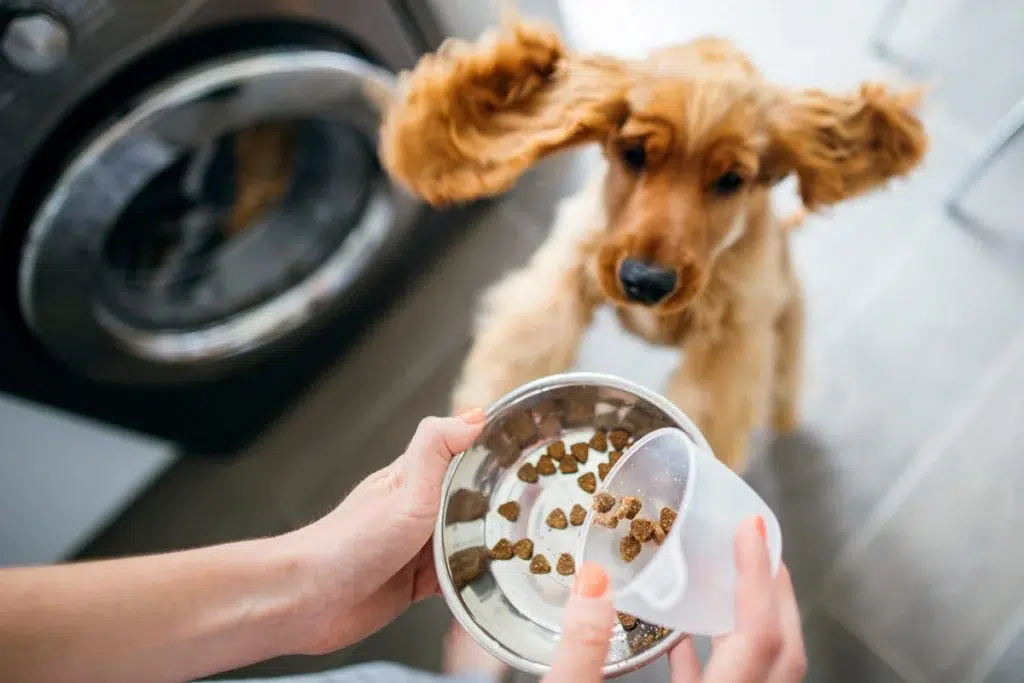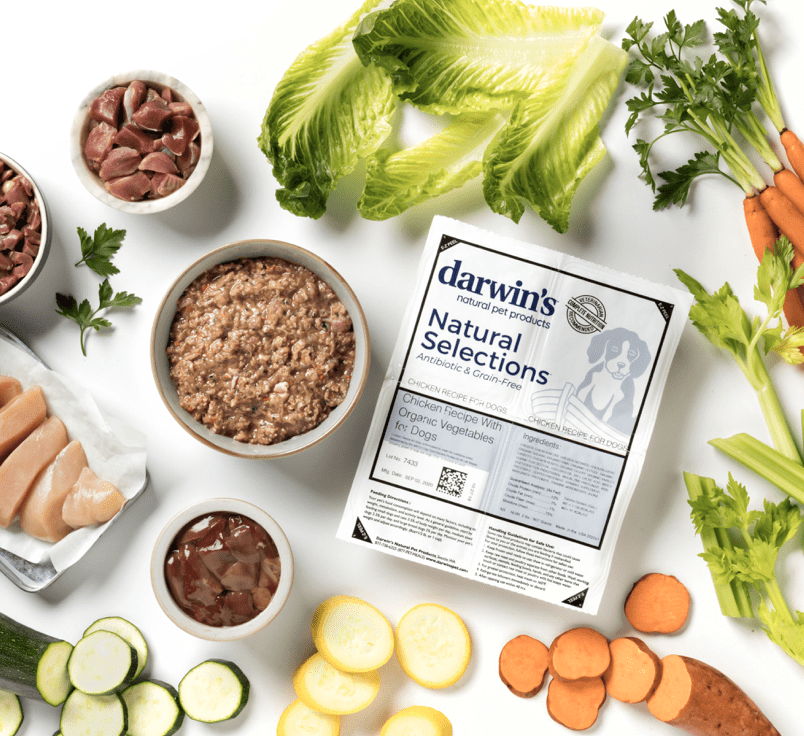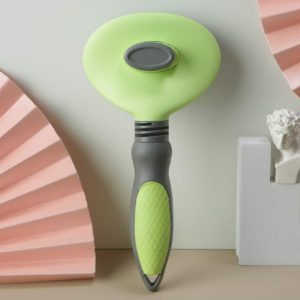
Flawless Pet Supplies

Shift to Lower-Cost Pet Products: Economizing Without Sacrificing Quality
- By James
As economic conditions fluctuate, pet owners are increasingly looking for ways to manage expenses without compromising the quality of care for their pets. This trend has led to a significant shift towards more affordable pet products, including private label items and lower-cost alternatives. While premium pet products remain popular, the market is adapting to meet the needs of budget-conscious consumers who still demand high quality.
The Economic Impact on Pet Spending
The recent economic challenges, including rising inflation and higher living costs, have significantly impacted consumer spending habits. According to a survey by Packaged Facts (2024), a substantial number of pet owners are adjusting their purchasing decisions to find a balance between cost and quality. Approximately 71% of pet owners prioritize product quality, while 61% seek good value for money, and only 36% focus primarily on low prices (MarketResearch, 2024). This indicates that while cost-saving is important, pet owners are unwilling to compromise on the well-being of their pets.
Rise of Private Label Pet Products

Private label products have become a popular choice for pet owners seeking affordability without sacrificing quality. These products, often manufactured by the same companies that produce branded goods, offer similar quality at a lower price point. In the United States, the usage of private label pet products is on the rise, with significant potential for growth. David Lummis, a market analyst, notes that private label usage in the US is still far below that of Western European countries, suggesting substantial room for market expansion (MarketResearch, 2024).
Affordable Alternatives in Pet Food and Supplies
Consumers are increasingly opting for lower-priced brands, particularly in pet food. A survey by Packaged Facts (2024) found that among pet owners who had switched pet foods in the past year, 32% of dog owners and 28% of cat owners had chosen a lower-priced brand (MarketResearch, 2024). This trend extends to other pet supplies as well, including toys, grooming products, and health supplements.
Quality and Value
Despite the shift to lower-cost options, pet owners are not willing to compromise on quality. This has driven manufacturers to ensure that even their budget-friendly lines meet high standards. For example, many private label products are now formulated with high-quality ingredients and undergo rigorous testing to ensure safety and efficacy. This balance of cost and quality is crucial for maintaining consumer trust and satisfaction.
The Role of Pet Insurance and Financial Planning
Another significant trend is the increased uptake of pet insurance and financial planning tools. With the cost of veterinary care rising, more pet owners are investing in pet insurance to manage unexpected expenses. According to The Wildest (2024), pet insurance has become a priority for many pet parents, offering peace of mind and financial security (The Wildest, 2024). Additionally, apps like DuePet help pet owners track and manage their pet-related expenses, ensuring they stay within budget while still providing high-quality care (The Wildest, 2024).
Industry Response to Changing Consumer Behavior
The pet industry is responding to these shifts by expanding their offerings of affordable products. Retailers are increasing their stock of private label items and developing new lines of budget-friendly products. Additionally, many companies are focusing on transparency and education, helping consumers make informed decisions about the products they purchase.
Strategies for Economizing on Pet Care

Buying in Bulk
One effective way to save on pet supplies is to buy in bulk. Purchasing larger quantities of pet food, treats, and other essentials can lead to significant cost savings. Many retailers offer discounts for bulk purchases, making it a practical option for budget-conscious pet owners.
DIY Pet Care Solutions
For pet owners willing to invest a little time and effort, do-it-yourself (DIY) pet care solutions can be a cost-effective alternative. Homemade pet treats, toys, and even grooming products can be made with ingredients and materials that are readily available at home or in local stores. DIY solutions not only save money but also allow pet owners to have control over the ingredients and materials used, ensuring they meet their pets' specific needs.
Utilizing Pet Care Apps and Subscriptions
Subscription services for pet food, supplies, and medications often come with discounts and convenience. These services deliver products regularly, reducing the risk of running out of essential items and often at a lower cost than purchasing them individually. Additionally, pet care apps can help manage and remind owners of important tasks such as veterinary appointments, medication schedules, and grooming sessions, ensuring consistent care without unexpected expenses.
Community Resources and Support

Pet owners can also take advantage of community resources to manage pet care costs. Local animal shelters, pet food banks, and veterinary schools often offer low-cost or free services such as vaccinations, spaying/neutering, and basic health check-ups. Participating in community events and networking with other pet owners can provide valuable information and resources to help manage expenses effectively.
Conclusion
The shift towards lower-cost pet products reflects broader economic trends and changing consumer behavior. Pet owners are increasingly looking for ways to economize without compromising on quality, leading to a rise in the popularity of private label products and more affordable alternatives. As the market continues to adapt, it is crucial for manufacturers and retailers to maintain high standards and provide value-driven options that meet the needs of budget-conscious pet parents.
By adopting strategies such as buying in bulk, utilizing DIY solutions, and leveraging community resources, pet owners can effectively manage their expenses while ensuring their pets receive the high-quality care they deserve. The ongoing development of affordable, high-quality pet products will continue to support the needs of pet owners in a changing economic landscape.
References
Euromonitor. (2024). Three key global consumer trends in pet care for 2024. Retrieved from https://www.euromonitor.com
MarketResearch. (2024). 5 key pet industry trends to watch 2024-2028. Retrieved from https://www.marketresearch.com
PetExec. (2024). Pet grooming industry trends. Retrieved from https://www.petexec.net
PureWow. (2024). 10 pet trends to look out for in 2024. Retrieved from https://www.purewow.com
The Wildest. (2024). The biggest pet trends coming in 2024. Retrieved from https://www.thewildest.com
Related Posts


American Bobtail: A Comprehensive GuideAmerican Bobtail










